Introduction
As well as having effects on human health, air pollution can also be harmful to our natural environment. Pollutants in the air can be toxic to sensitive plants and trees, while pollutants in rainfall damage habitats by depositing acid or excess nutrients. Water bodies such as rivers and lakes are also susceptible to the effects of air pollution.
The most significant air pollution for our natural environment occurs when reactive nitrogen compounds, such as ammonia and nitrogen oxides, are deposited to sensitive sites. Deposition can be through direct contact between polluted air and plants. This type of deposition is called ‘dry deposition’ and it mostly happens close to pollution sources.
Deposition also occurs when pollution is dissolved in precipitation (rain and snow), which falls onto sensitive sites. We call this ‘wet deposition’ and it can happen at long distances away from the pollution source.
Ammonia is by far the biggest contributor to nitrogen deposition and comes from agricultural activities such as livestock housing, slurry/manure storage and spreading and fertiliser use. More information on ammonia emissions in Northern Ireland can be found here.
Another source of nitrogen deposition is from nitrogen oxides, which are produced from road transport (petrol and diesel engines) and some types of industry.
Sulphur dioxide is another air pollutant that has harmful effects on vegetation and it is produced from burning fuels, in particular coal.
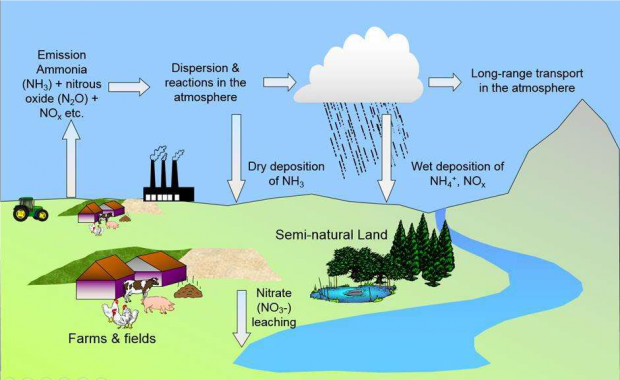
Air pollution at designated sites
Northern Ireland has 294 Areas of Special Scientific Interest, 54 Special areas of Conservation and 16 Special Protection Areas that have been designated as needing protection because of the importance of the species and habitats that they support. Sites include peatlands, native woodlands, species-rich grasslands and freshwater & coastal habitats. For more information on protected sites, see here.
In Northern Ireland, ammonia is the air pollutant of primary concern for its effects on designated sites.
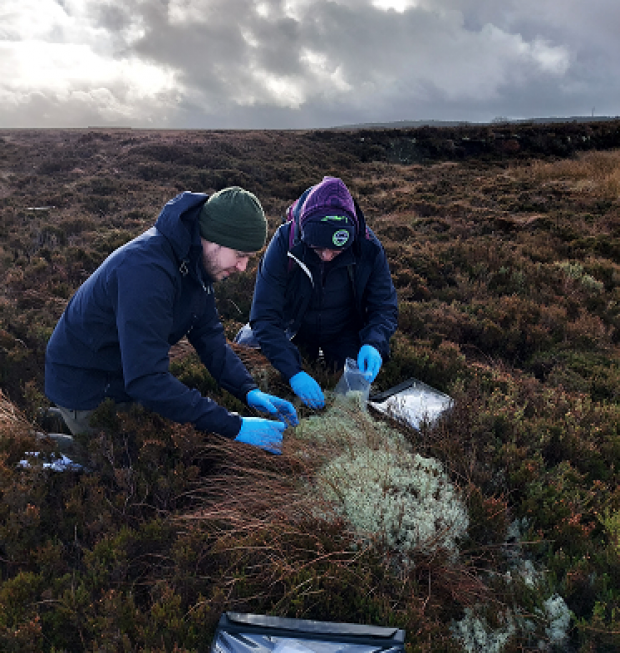
DAERA monitors the condition of designated sites, and assessments can help to identify where damage from air pollution is a contributing factor to habitat damage and species loss.
Monitoring Air Pollution at Designated Sites
In collaboration with partners UK Centre for Ecology and Hydrology, Ulster Wildlife and the National Trust, NIEA’s Air Quality and Biodiversity Unit delivers a programme of monitoring and evidence work. The work aims to identify and quantify sources of atmospheric nitrogen input to the NI designated site network, to inform mitigation strategies and to evaluate how these naturally N-poor ecosystems are affected by the addition of nitrogen.
Concentrations of ammonia have been monitored at Ballynahone Bog since September 2014. Ammonia monitoring has been ongoing since June 2020 on an additional seven SACs (Curran Bog, Garry Bog, Moneygal, Peatlands Park, Sliabh Beagh, Cuilcagh Mountain and Turmennan). At Cuilcagh SAC and Ballynahone Bog, ammonia monitoring is accompanied by wet deposition monitoring. As of July 2022, ammonia monitoring has also been initiated at Murlough SAC.
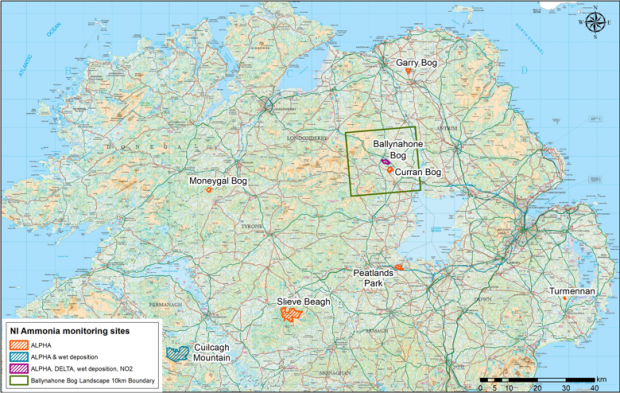
Most ammonia air pollution samplers are exchanged at monthly intervals. This monitoring aligns with the UK National Ammonia Monitoring Network (ongoing since the 1990s) in addition to a network of 25 rural location sites run by AFBI.
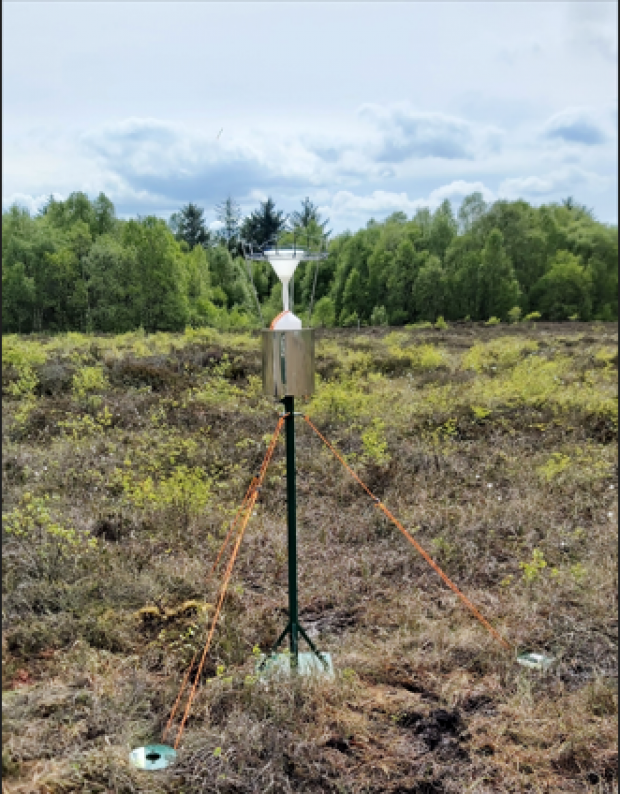
Image right shows a wet deposition monitor at Ballynahone Bog: rainfall is collected and then samples taken each month to be analysed for the presence of nitrogen pollution.
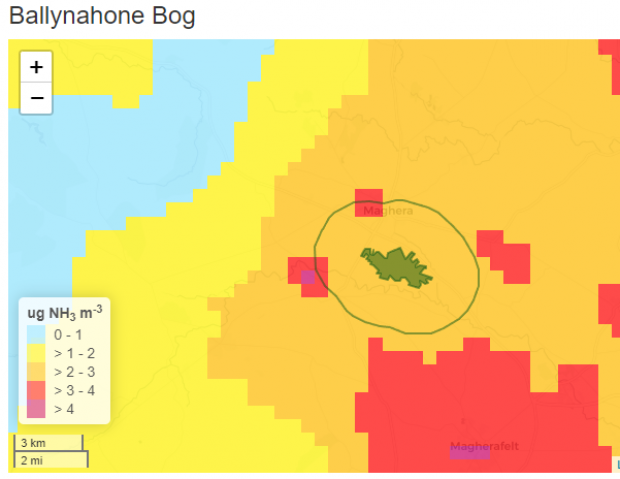
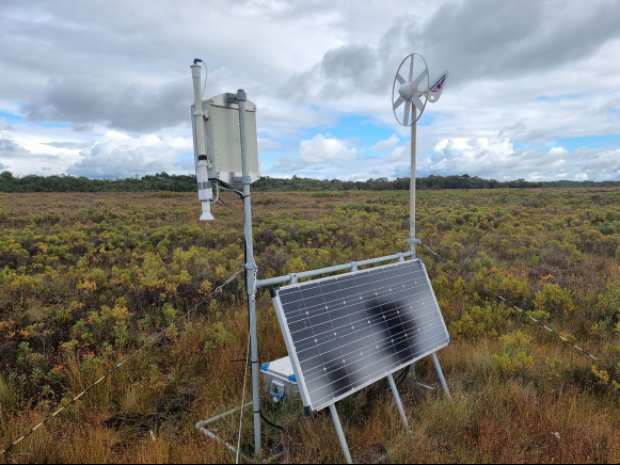
Statutory Planning Advice
As the Statutory Nature Conservation Body, NIEA is consulted on planning proposals to identify any possible risks to the natural environment. Through this process, potential impacts from air pollution to protected sites can be identified. Standing Advice is available here.
UK AERIUS – Air Quality Assessment Tool
A new integrated air pollution assessment tool, UK AERIUS, is currently in development. The project is being led by JNCC, with funding from DEFRA and DAERA. Find out more here.
Science and evidence publications
NIEA commissions and carries out research into the effects of air pollution on sensitive sites here. To find out more click here.
Atmospheric Nitrogen Impact on NI Ecosystems
NIEA Natural Environment Division has been leading on an evidence programme to evaluate and mitigate ammonia and nitrogen (N) deposition impacts on Northern Ireland’s natural ecosystems. This work is in conjunction with the UK Centre for Ecology and Hydrology (UKCEH) and project partners: Ulster Wildlife, National Trust, Monaghan County Council and Fermanagh and Omagh District Council.
To find out more, watch the joint DAERA – UKCEH webinar hosted on the 15th June 2023 for Clean Air Day:
